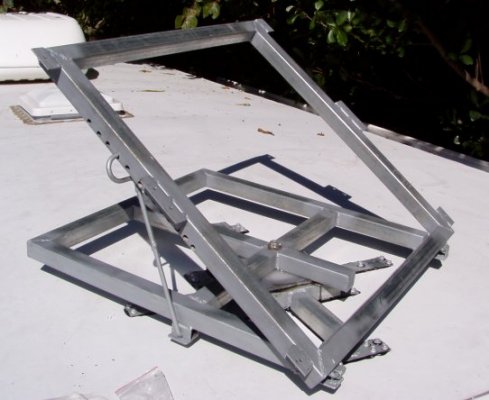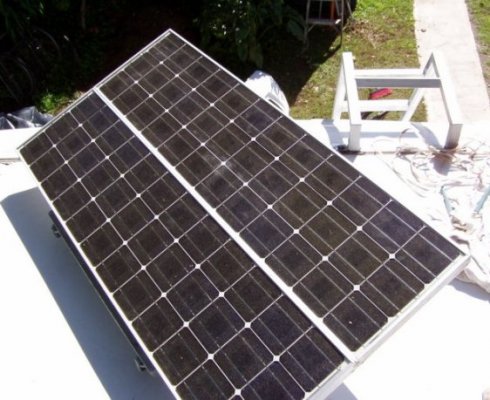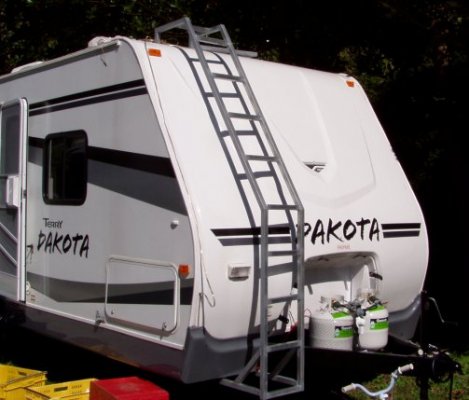Aaron Menzies
Member
- Joined
- Mar 23, 2007
- Posts
- 5
Hi
We have just bought a 22' bus and a 27' caravan (the bus is to tow the caravan, we'll be about 50' long!!!) to go for a one year holiday! 8)
But... I have a problem that I have found no answer to! The problem is that the bus is 24v and the caravan is 12v, how do we make them compatible??? We've got a 110w solar panel, two 75Ah 12v batteries in and a small inverter for running a laptop, cell phone charges etc... I would also like the caravan batteries to get charged when the bus is running, if possible. I will convert the light bulbs to LED lights. All cooking and heating will be done by gas, so power consumption won't be too high. I have set up up a large solar system for a cottage so I do have a bit of experience with solar/electrical stuff.
The problem is that the bus is 24v and the caravan is 12v, how do we make them compatible??? We've got a 110w solar panel, two 75Ah 12v batteries in and a small inverter for running a laptop, cell phone charges etc... I would also like the caravan batteries to get charged when the bus is running, if possible. I will convert the light bulbs to LED lights. All cooking and heating will be done by gas, so power consumption won't be too high. I have set up up a large solar system for a cottage so I do have a bit of experience with solar/electrical stuff.
Any ideas? We'll be leaving in 4 weeks so I'm looking forward to sorting it out as soon as possible!
Thanks so much for your help!
Aaron
We have just bought a 22' bus and a 27' caravan (the bus is to tow the caravan, we'll be about 50' long!!!) to go for a one year holiday! 8)
But... I have a problem that I have found no answer to!
Any ideas? We'll be leaving in 4 weeks so I'm looking forward to sorting it out as soon as possible!
Thanks so much for your help!
Aaron



